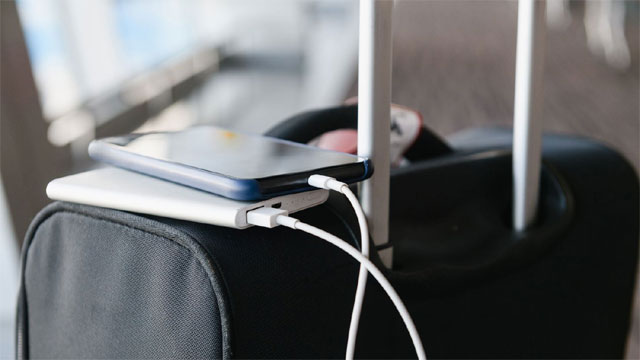On Sunday, a passenger’s power bank caught fire on a Dimapur-bound IndiGo flight while taxiing at Delhi airport. The Directorate General of Civil Aviation (DGCA) is “taking up this issue,” according to a senior official.
The regulator is reportedly gathering technical inputs on the matter. Several foreign airlines have already imposed tighter restrictions on power banks. Some require them to be stored in the seat pocket or in bags under the seat in front, prohibiting storage in overhead bins.

Since October 1, Dubai-based Emirates has prohibited the use of any power bank onboard. Passengers are allowed to carry one power bank under 100 Watt Hours but may neither use it to charge devices nor charge the power bank itself during the flight.
New regulations also mandate that “all power banks accepted for transport must have capacity rating information available.”
Most smartphones and sophisticated lithium battery-powered devices have an internal trickle system that slowly adds current to prevent overcharging. However, many basic power banks may lack this safeguard.
Singapore Airlines, since April 1, has disallowed charging power banks via onboard USB ports or using them to charge other devices.
Last week, a lithium battery fire on an Air China flight from China to South Korea forced the aircraft to divert to Shanghai, highlighting the ongoing safety concerns.